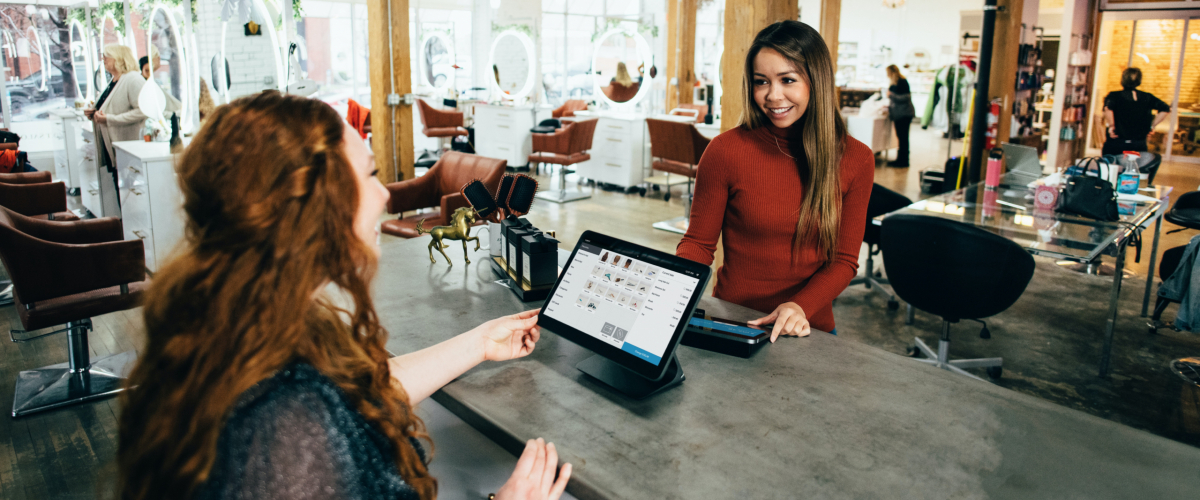For retailers struggling to hold a place in the middle in the face of a rapidly changing market and the ongoing shift to online shopping, bold new approaches are needed. The future doesn’t have to be bleak for physical retail — as long as we’re ready to take decisive action and execute on a strategy to put experience first.
The Experience Is Key To The Product
Putting experience first doesn’t mean simply improving associate conduct and attitude or enhancing supply chain efficiency — it means understanding that if brick-and-mortar retailers are to compete with e-commerce, experience has to be our core reason to exist. This is why creating engaging, purpose-built retail experiences for our clients is what we focus on at The Industrious.
Think of the Build-A-Bear Workshop, which guides children through a carefully curated process of creating a new treasured friend. You can buy a teddy bear online for five dollars; why pay 10 to 20 times that at Build-A-Bear? You’re paying for the smiles as your child goes through the process of creating their friend, the photos you take, the emotions and the memories. The experience is key to the product.
Other examples of this include Eataly, which presents food as theatre in its sprawling gastronomic emporiums, and one of our clothing retail clients, C&A, which uses fun, interactive displays and selfie stations to suggest new looks and share brand stories with shoppers.
Retailers like these, in every vertical and at every level, are succeeding because they sell experience — and that kind of thinking will keep them ahead of the pack as they work to attract the next generation of customers.
Bringing Gen Z Into Your Store
While the millennial generation has entrenched online shopping habits, it’s Generation Z, born between the mid-1990s and the early 2010s, who I believe holds the greatest promise for physical retail. I find that for Gen Z shoppers, the experience is everything. Born into a digital world, their online and offline life is often tightly integrated. Retailers that understand how to reach them will have a significant advantage in the coming years.
As you invite Gen Z into your stores, you need to think about the in-store experience the same way I have noticed that Gen Z thinks about digital life: Grab my interest now and hold onto it, or I move on.
To do this, make the mobile device an active component of the shopping experience. Content can be refreshed based on the shopper’s location in the store. Customers can be rewarded for sharing their experiences on social media, and short video clips can offer purchase incentives or just a simple thanks. If your retail experience requires your customer to disconnect, you may lose the Gen Z shopper because they’ll remain connected, just not with you.
To get them to come to your store, make it worthwhile. Wow their senses. Show them something new each time. And let them know that your brand aligns with their personal brand. Encourage them to use their mobile device in your store as naturally as they do elsewhere, and inspire them to share their experience on social media. Put experience first.
The Future Of Retail
Several companies are already thinking this way, and it’s having a real impact. Adidas launched a memorable pop-up for its Originals Ozweego sneakers, which rapidly generated buzz on social media. Gucci is using the Genies app to enable customers to share avatars wearing Gucci products, tying the company’s merchandise to their online identity — and as Fast Company notes, Gucci’s fast-growing segment is now Gen Z.
There are two steps you need to take to join them, but neither one is simple:
1. Reexamine and refocus your mission statement. Reach beyond corporate speak to focus on emotion, action and experience. If your current brand story doesn’t elicit joy or interest when you tell it, it’s time for a fundamental reassessment of your reason for being. And the experience in your stores has to match that mission, fully and honestly.
2. Create a unique and compelling customer experience. To stand apart from the draw of e-commerce and the surging competition for the middle-class consumer, you need to create an in-store experience with three key elements: It needs to be new and unexpected. It needs to engage all the senses. And it needs to be shareable with others.
We’re coming out of an unbelievably tough time for retail and the economy in general, but there is real hope on the horizon. An exciting and engaging retail experience can actively leverage your existing real estate portfolio to attract attention, make an emotional connection and build meaningful relationships with the next generation of shoppers, ensuring a solid future for retail for years to come.
